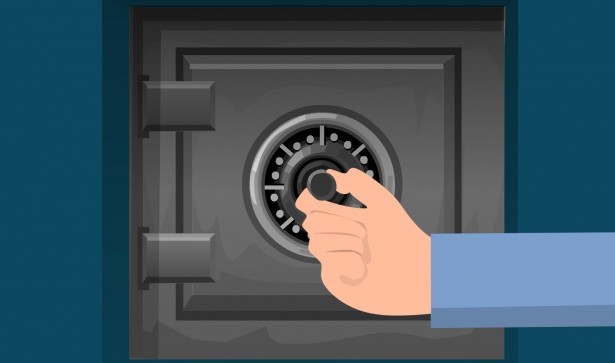People tend to say the path to financial health is to pay off high interest debts, build an emergency fund, then invest. But once you have enough to start investing do you still need the emergency fund? If a problem comes up, can’t I just use a credit card or line of credit and pay it back by cashing in investments? I don’t want a lot of cash just sitting in my savings account.
This is a good point and an interesting question. Can a person get along safely with just investments and a line of credit on hand rather than an emergency fund? Or is an emergency fund always a good idea?
The main idea behind building (and maintaining) an emergency fund is to always have easy access to cash in the case of, well, an emergency. Whether you are stranded in a remote location, suddenly need unexpected car repairs, or simply lose your job and still need to pay rent, it’s a good idea to have funds on hand.
The specific source of these funds isn’t necessarily important. What is important though is that the money is easily accessible, somewhere the funds will be stable (ie not drop in value), and withdrawing the money shouldn’t result in a significant penalty. One of the easier options that fits all of these criteria is a high interest savings account (HISA). A savings account can offer a little bit of growth through monthly interest. There are few places we can put money which are more stable than a savings account and most banks are accessible from most places in the world (either on-line or in person).
Many, though not all, types of investments do not meet the three criteria of being accessible, stable, and able to be withdrawn without penalty. Registered retirement savings plans (RRSPs) and most guaranteed investment certificates (GICs) carry a penalty when funds are withdrawn from them, for example. Investments in most stocks or volatile funds are not stable. Some GICs cannot be cashed out early and are therefore not accessible. These characteristics make a lot of investments a poor source of money in times of an emergency.
With that said, there are investments which are more stable and can be accessed more easily and with low risk of losing their value. A cashable guaranteed invest certificate (CGIC), for example, is a type of guaranteed investment that doesn’t lose value and can be withdrawn usually at any time after a certain period. TA CGIC won’t make a lot of money, but it will usually keep up with inflation and can be withdrawn soon after being invested. A CGIC could be used as a low-risk way to replenish a line of credit or credit card in times of emergency.
In other words, an emergency fund is a good idea for most people. It’s stable and a good life line in case life suddenly takes an unpleasant turn. However, in some cases you could still be fairly safe without an emergency fund so long as you had other means in place to get cash quickly. In other words, as long as you have a large line of credit, you have low-risk, accessible, stable investments, and no debts then (in my opinion) you could skip having the emergency savings account.
Though, when you consider how low the returns are on a CGIC or another highly conservative investment, it might be almost as profitable to keep your emergency money in a high interest savings account. The interest rate may very well be close to the same and it’ll be easier to withdraw the money.

Comments are closed, but trackbacks and pingbacks are open.